Country Peoples Republic of China Population 3 million (2000) Area 8,177 km2 | Mayor Yang Lu Yu (???) | |
Points of interest Daming Lake, Thousand Buddha Mountain, Lingyan Temple, Shandong Museum, Four Gates Pagoda Colleges and Universities Shandong University, University of Jinan, Shandong Normal University, Shandong jianzhu university ??????, Qilu University of Technology | ||
Jinan (Chinese: ) is the capital of Shandong province in Eastern China. The area of present-day Jinan has played an important role in the history of the region from the earliest beginnings of civilization and has evolved into a major national administrative, economic, and transportation hub. The city has held sub-provincial administrative status since 1994. Jinan is often referred to as the Spring City for its well-known 72 artesian springs inside urban area. Its population was 6,813,984 at the 2010 census whom 4,335,989 lived in the built-up (or metro) area made up of 6 urban districts.
Contents
- Map of Jinan
- Jinan university activities
- Korea top 10 s1e210 jinan red ginseng spa
- History
- Geography and climate
- Economy
- Culture and contemporary life
- Main tourism sight
- Cuisine
- Museums and libraries
- Jinan eagledp600 automatic biscuit food making machinery processing line
- China jinan bmhy phj75s pet food production linelewis lee008615269135310
- References
Map of Jinan
Jinan university activities
Korea top 10 s1e210 jinan red ginseng spa
History
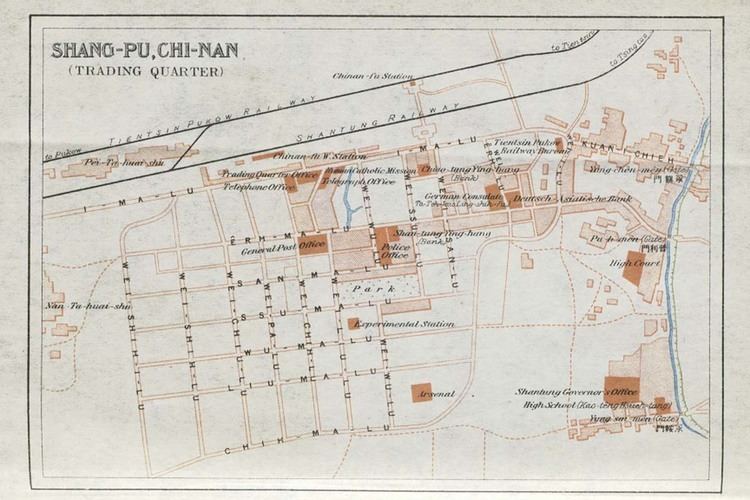
The area of present-day Jinan has been inhabited for more than 4000 years. The Neolithic Longshan Culture was first discovered at the Chengziya () site to the east of Jinan (Zhangqiu City) in 1928. One of the characteristic features of the Longshan Culture are the intricate wheel-made pottery pieces it produced. Most renowned is the black "egg-shell pottery" with wall thicknesses that can go below 1 millimeter.
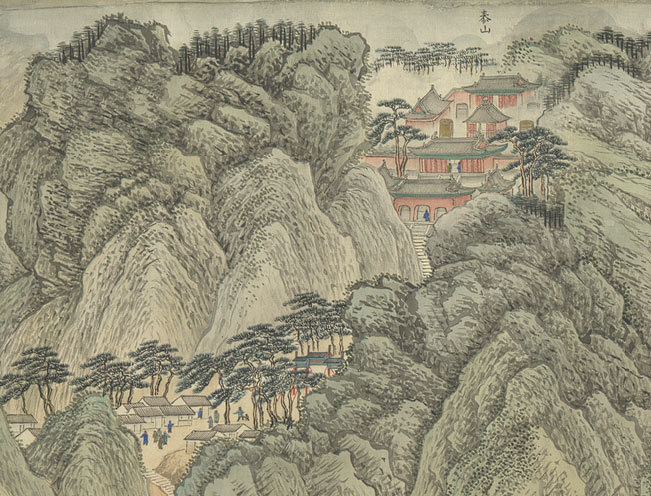
During the Spring and Autumn Period (722 – 481 BCE) and Warring States period (475–221 BCE), the area of Jinan was split between two states– the state of Lu in the west and the state of Qi in the east. In 685 BCE, the state of Qi started to build the Great Wall of Qi() across Changqing county. Portions of the wall still remain today and are accessible as open air museums. Bian Que(), according to the legend the earliest Chinese physician and active around 500 BCE, is said to have been a native of present-day Changqing County. Zou Yan (Chinese: ; pinyin: , 305 – 240 BCE), a native of Zhangqiu City, developed the concepts of Yin-Yang and the Five Elements (). Joseph Needham, a British sinologist, describes Zou as "The real founder of all Chinese scientific thought."
During the times of the Han dynasty (206 BCE – 220 CE), Jinan was the capital of the Kingdom of Jibei (???/???; pinyin: Jibei Guo) and evolved into the cultural and economic hub of the region. The Han dynasty tomb where the last king of Jibei, Liu Kuan (??/??), was buried at Shuangru Mountain was excavated by archaeologists from Shandong University in 1995 and 1996. More than 2000 artifacts such as jade swords, jade masks, jade pillows have been recovered within the 1,500 square meter excavation site, emphasizing the wealth of the city during the period. Cao Cao (??, 155 – 220 CE) was an official in Jinan before he became the de facto ruler of the Han dynasty. His son, Cao Pi, overthrew the last emperor of the Han and founded the Wei Kingdom (220 – 265 CE) of the Three Kingdoms Period.
Beginning in the 5th century CE, Buddhism flourished in Jinan. The Langgong Temple (???; pinyin: Langgong Si, later renamed Shentong Temple, (???; pinyin: Shentong Si, and now in ruins) in the southern county of Licheng was one of the most important temples in northern China at that time. The same period witnessed extensive construction of Buddhist sites in the southern counties of Licheng and Changqing such as the Lingyan Temple (???) and the Thousand-Buddha Cliff (???). In particular, a large number of cave temples were established in the hills south of Jinan.
Jinan remained the cultural center of the region during the Song dynasty (960 – 1279 CE). The Song rulers promoted Jinan to a superior prefecture in 1116 CE. Two of the most important poets of the Southern Song were both born in Jinan: Li Qingzhao (???, 1084–1151 CE), the most renown female poet in Chinese history, and Xin Qiji (???, 1140–1207 CE), who was also a military leader of the Southern Song dynasty. Both poets witnessed a series of crushing defeats of the Song dynasty at the hands of the Jurchens who gained control over almost half of the Song territories and established the Jin dynasty in northern China. After Jinan came under control of the Jin dynasty, both Li Qingzhao and Xin Qiji had to abandon their homes and reflected this experience in their works.
During the Civil War that followed the proclamation of Kublai Khan as Great Khan in 1260 CE, Jinan was at the center of a rebellion by Yizhou governor Li Tan against Mongol rule in 1262 CE. The rebellion was crushed in a decisive battle that was fought not far from Jinan in late March or early April 1262 CE. After losing 4000 of his troops in the battle, Li Tan retreated to Jinan to make his last stand. After defections of his defenders had made his position untenable, Li Tan tried to commit suicide by drowning himself in Daming Lake. However, he was rescued by the Mongols in order to execute him by trampling him to death with their horses.
Despite such violent conflicts, culture in Jinan continued to thrive during the Jin (1115–1234) and Yuan (1271–1368) dynasties: One of the most renowned artists of the Yuan dynasty, Zhao Mengfu (???, 1254–1322) was appointed to the post of governor of Jinan in 1293 and spent three years in the city. Among the extraordinary art works he completed during his stay in Jinan, the best known painting is "Autumn Colors on the Qiao and Hua Mountains" (??????). Geographer Yu Qin (??/??, 1284–1333) also served as an official in Jinan and authored his geography book Qi Cheng (??) there.
When Shandong Province was established under the Ming dynasty, Jinan became its capital.
In 1852, the northward shift of the Yellow River into a new bed close to the city triggered the modern expansion of Jinan. The new course of the Yellow River connected the city to the Grand Canal and regional waterways in northern Shandong and southern Hebei.
German influence in Jinan grew after the Qing dynasty ceded Qingdao to the German Empire in 1897. A German concession area was established to the west of the historical city center (in the vicinity of the Jinan Railway Station first established by the Germans). The Jiaoji (Qingdao–Jinan) railway was built by the Germans against local resistance. Discontent over the construction of the railway was one of the sources fueling the Boxer Rebellion (1899–1901). During the rebellion, foreign priests were evacuated from Jinan and Chinese Christians became a target of violence. The Jiaoji railway was completed in 1904, three years after the Boxer Rebellion had been put down, and opened the city to foreign trade. The importance of Jinan as a transportation hub was cemented with the completion of the north–south Jinpu railway from Tianjin to Pukou in 1912. Jinan became a major trading center for agricultural goods in northern China. Traded commodities included cotton, grain, peanuts, and tobacco. Jinan also developed into a major industrial center, second in importance to Qingdao in the province.
Geography and climate
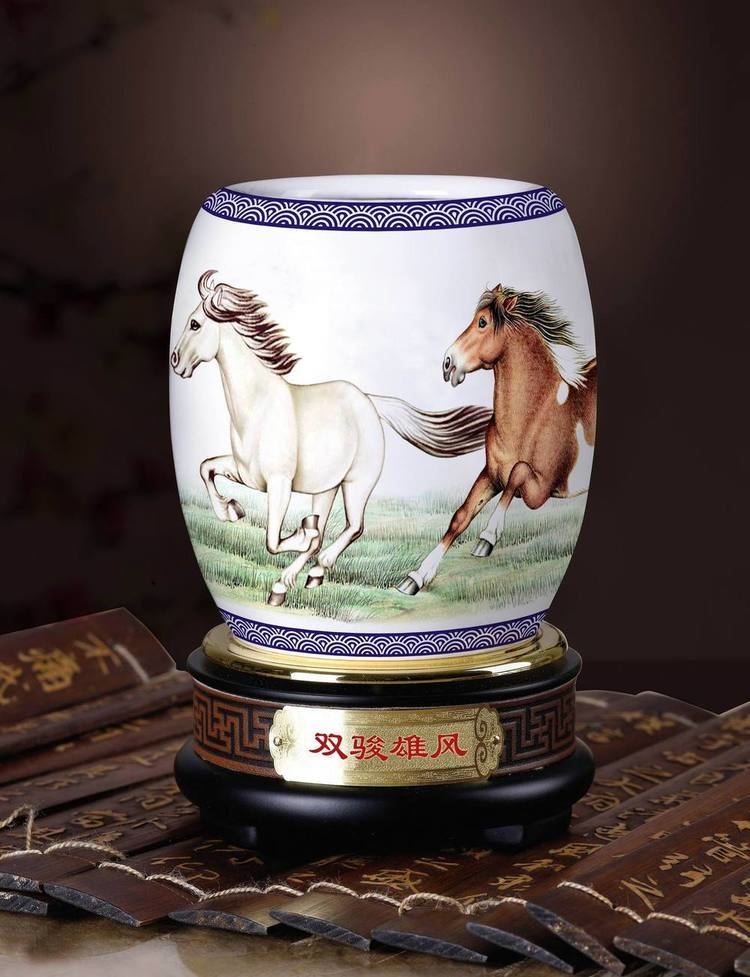
Jinan is located in the north-western part of Shandong province at 36° 40? northern latitude and 116° 57? east of Greenwich, about 400 kilometres (250 mi) south of the national capital of Beijing. It borders Liaocheng to the southwest, Dezhou to the northwest, Binzhou to the northeast, Zibo to the east, Laiwu to the southeast, and Taian to the south. In the relief of the region, the city occupies a transition zone between the northern foothills of the Taishan Massif to the south of the city and the valley of the Yellow River to the north. Karst aquifers in limestone formations sloping down from the south to the north give rise to many artesian springs in the city center as well as in surrounding areas.
Economy
With the shift of the Yellow River to a new bed right to the north of Jinan (in 1852) and the establishment of a railroad hub, the city became a major market for agricultural products from the productive farming regions to the north. Following the trade in agricultural goods, the city developed a textile and clothing industry, flour mills, oil presses, as well as factories producing paper, cement, and matches. In the 1950s, large iron and steel works as well as chemical factories were established around Jinan. The large metal works produce pig iron, ingot steel, as well as finished steel. In 2008, steel manufacturing was restructured with the formation of the Shandong Iron and Steel Group. In the 1970s, factories for the production of trucks and construction vehicles (Sinotruk) were added.
Culture and contemporary life
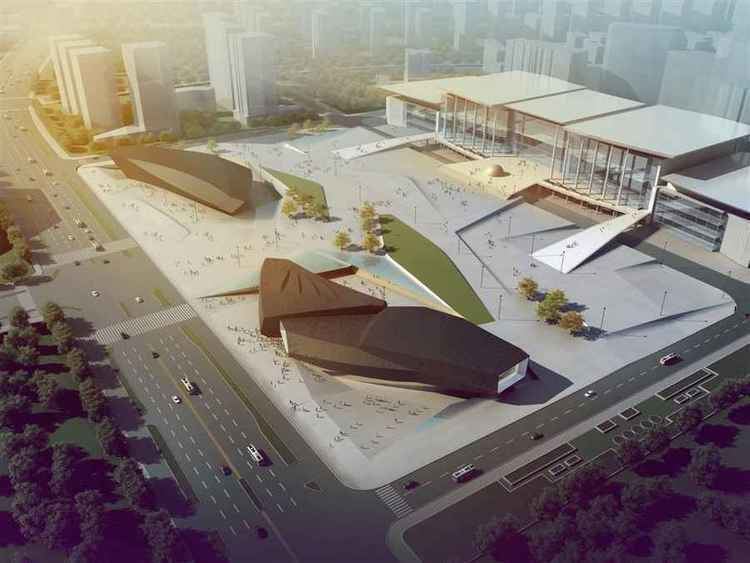
Local residents in the city proper, as well as in the surrounding areas, have traditionally spoken the Jinan dialect of Mandarin that is not readily understood even by native speakers of standard Mandarin. The younger people of Jinan are more likely to speak standard Mandarin, whereas many older residents retain strong local dialect elements in their speech. Nevertheless, even the younger residents of Jinan tend to retain a strong local accent and mix local vocabulary into the standardized Mandarin vocabulary. Due to the influx of migrant workers during the past decade of Chinas economic boom, many of the current population that are of working age are not natives of Jinan but have learned to understand the Jinan dialect.
Main tourism sight
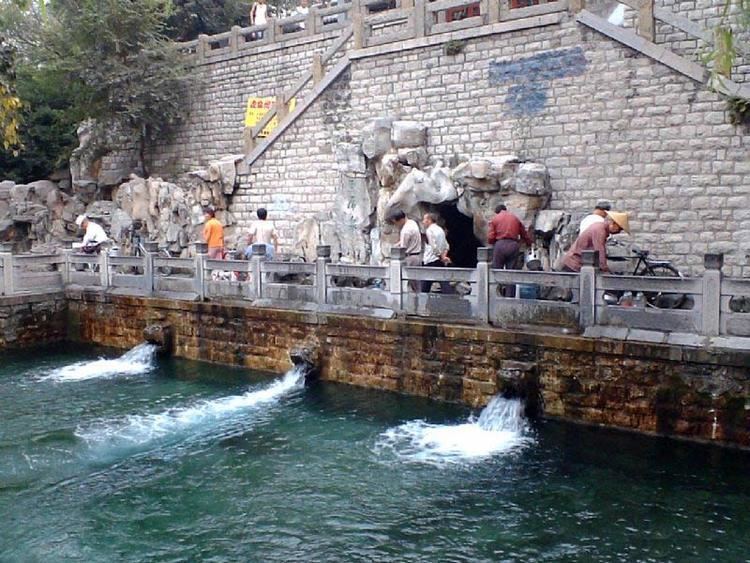
Jinan is renowned across China for its numerous springs, the lakes fed by the spring water, and the weeping willows that grow along the water edges. The late-Qing author Liu E describes Jinans cityscape in his novel "The Travels of Lao Can" (????, written 1903–04, published in 1907) as "Every family has spring water, every household has a willow tree". Jinan was also the historical center of Buddhist culture for the whole province which is still manifest in the many historic sites that are left behind in its southern counties.
Cuisine

Jinan has its own cuisine, the Jinan style of the Lu cuisine (??/??; pinyin: Lucai), one of the Eight Culinary Traditions of China. One of its features is the use of soup in its dishes. Modern cuisines in northern China—Beijing, Tianjin and the northeastern regions including Heilongjiang, Jilin and Liaoning—are all branches of Shandong cuisine.
Museums and libraries
The Shandong Provincial Museum located at the foothill of Thousand-Buddha Mountain is the largest museum in the province. It has a large collection of natural as well as historical treasures from the whole province. The museum was established in its present form in 1982 and currently has 8 exhibition halls : "Treasures of Shandong Province"; "Stone Sculptures"; "Warship of the Ming dynasty"; "Ancient Coins"; "Art Treasures"; "Fossil Collections"; "Dinosaurs"; and "Specimens". The museum has more than 210,000 relics and specimens, making up 1/3 of the collections in museums of whole province. The Shandong Provincial Museum has been ranked No. 7 in terms of collection size among the museums of China.
The Jinan Municipal Museum is located at the south-western foot of the Thousand-Buddha Mountain, in the north of the city center. Although much smaller than the provincial museum, the municipal museum still houses a collection of more than 20,000 items, most of which were recovered in the city area.
The Shandong Provincial Library in the eastern High-tech Park (address: 2912 Second Ring East Road) is the principal library of the province and is ranked among the Top 10 Chinese libraries. As of 2004, the library had more than 5.18 million documents, many of which date back many centuries and are important sources for research on Chinese history. The library also has a large collection of western journals/books. Originally, the library was built close to Daming Lake in 1909 by the then governor of Shandong. In the late 1990s, a project was undertaken to move the library to the eastern part of the city, and it reopened in 2002 with 35 reading rooms and more than 2000 seats.
